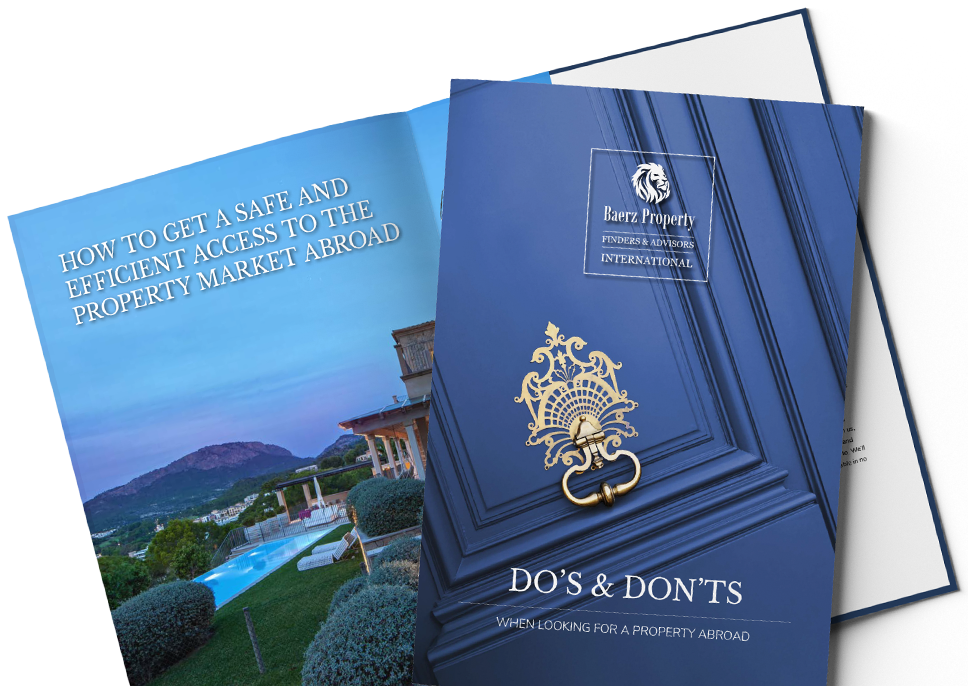
The Caldarola luxury market is defined by finite historic estates and converted rural properties. Purchasers mainly originate from northern Europe, valuing authenticity and seclusion. The market is characterised by stable demand and measured price appreciation, with acquisitions often approached as generational investments. Transaction cycles can be protracted due to heritage designations and bespoke renovation processes.
Desirable locales range from the hillside hamlets surrounding Caldarola to the peripheries where vineyards and olive groves define the scenery. Properties within walking distance of medieval castles or with unobstructed vistas of the Sibillini Mountains are particularly coveted. The market is limited in quantum but rich in architectural diversity. Buyers invest in stone-built farmhouses, converted monasteries, and noble villas—many encompassing formal gardens and outbuildings. The most exclusive options rarely appear on open platforms, often transacting within established networks accustomed to rigorous privacy standards.

Caldarola’s property landscape is rooted in its Renaissance legacy. buyers are drawn to restored estates that offer undisturbed views, ample land, and finely preserved details—wooden beams, terracotta floors, private chapels. The region favours refined tranquillity over ostentation. International interest in legacy homes is strong, especially among those seeking a tangible connection to Italy’s history. Local purchasing patterns favour discretion, with extended periods allocated for due diligence and restoration planning. Opportunities for long-term appreciation are balanced by the requirement for careful stewardship—both of the land and the historic structures themselves. Properties may remain in families for generations, with transactions taking place quietly via trusted advisors.
Acquisition processes in Caldarola can require navigating heritage restrictions and protracted negotiations, especially where original features are at stake. Those seeking significant restoration or alteration may need to collaborate closely with regulatory authorities to ensure compliance. Legal advisors familiar with Italian property law and regional statutes are highly valued in facilitating smooth, secure transactions. Notaries serve a central role in validating contracts and transferring titles. Foreign buyers also benefit from professional guidance on matters such as residency permits, inheritance, and succession planning, ensuring a seamless transition.
Short and long-term rental demand in Caldarola is largely seasonal and driven by cultural tourism, agritourism, and visitors seeking immersive retreats. Owners must adhere to local regulations regarding hospitality and reporting. Engaging professional property managers simplifies compliance and guest relations, preserving both the asset and the rental experience to global standards.
Navigating Caldarola’s real estate market demands insight into local customs, regulatory frameworks, and discreet networks. Personal property advisors offer access to assets rarely available to the public, initiate nuanced negotiations, and ensure an efficient and confidential process from discovery to completion. Their counsel minimises risks, identifies off-market opportunities, and delivers tailored solutions suited to high-value acquisitions.
The region’s tranquil pace belies a dynamic culture of boutique hospitality, viticulture, and artisanal enterprises. Renovated estates often host luxury events or function as destination retreats, leveraging Caldarola’s reputation for authenticity. The rise of remote work has drawn entrepreneurs and creatives seeking inspiration in pastoral settings—well connected yet removed from urban tempo. Opportunities for agritourism and private rental villas abound. Investors favour projects blending heritage preservation with sustainable business models, aligning tradition with contemporary demand.
Caldarola benefits from Italy’s robust provincial governance and integrated infrastructure. Rail and roadway enhancements have strengthened the connection to regional hubs, facilitating access for property owners and guests. Local authorities preserve historical and environmental assets, fostering steady growth in tourism and related industries. The area’s commitment to cultural and natural heritage supports long-term investment confidence, underpinned by Italy’s established legal structures and EU alignment.
Living costs in Caldarola remain competitive relative to other Italian regions of similar repute. Utilities are moderate, thanks to efficient local networks. Many households employ staff for villa upkeep, with wages reflecting regional standards. Dining emphasises seasonal, locally sourced fare, with Michelin-noted establishments and traditional trattorias both accessible. International schools and high-quality healthcare are within reach. Property taxes and transaction fees are consistent with other Italian municipalities; planning for restoration and ongoing maintenance is essential when purchasing historic real estate.
This enclave attracts those who value fine art, gastronomy, and an organic rhythm of daily life. Residents and visitors enjoy cultural festivals, concerts in castle courtyards, and trail walks through pristine countryside. Cycling, truffle hunting, and vineyard tours are integral leisure pursuits. Proximity to the Adriatic allows for easy coastal escapes, while local artisans and designers reinforce the area’s creative spirit. An understated sense of refinement defines both private gatherings and community events.


Caldarola’s climate is characterised by warm, dry summers and temperate, mild winters. Spring brings lush greenery and vibrant local flora, while autumn is defined by gentle cooling and rich harvests. The comfortable year-round weather enables outdoor living and recreation across all seasons—ideal for those drawn to al fresco dining and garden entertaining set in an authentic Italian landscape.
Caldarola’s property offering is curated with an emphasis on provenance and setting. Listings typically include centuries-old villas, meticulously restored farmhouses, and exclusive residences rarely brought to market, ensuring privacy and architectural significance for discerning clients.

